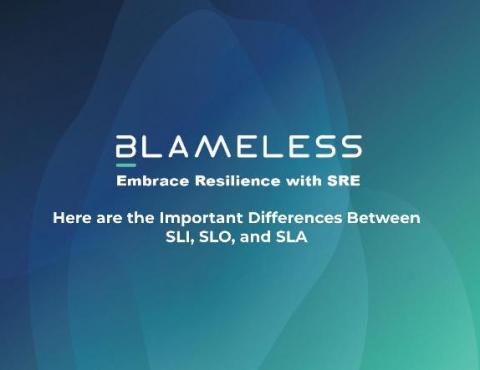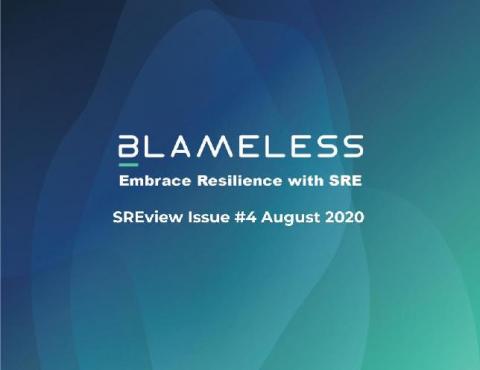Industry Experts Explain how to Thrive in a Post-COVID World
With complex architectures, gaining visibility into systems is becoming more difficult. Additionally, with the move to remote work, it’s more important than ever before to adapt to new modes of work such as asynchronous collaboration. So how do we adjust to these changing times? In a CIO panel hosted by Lightspeed Venture Partners, industry experts came together to discuss these questions. Below are key insights from their conversation.











